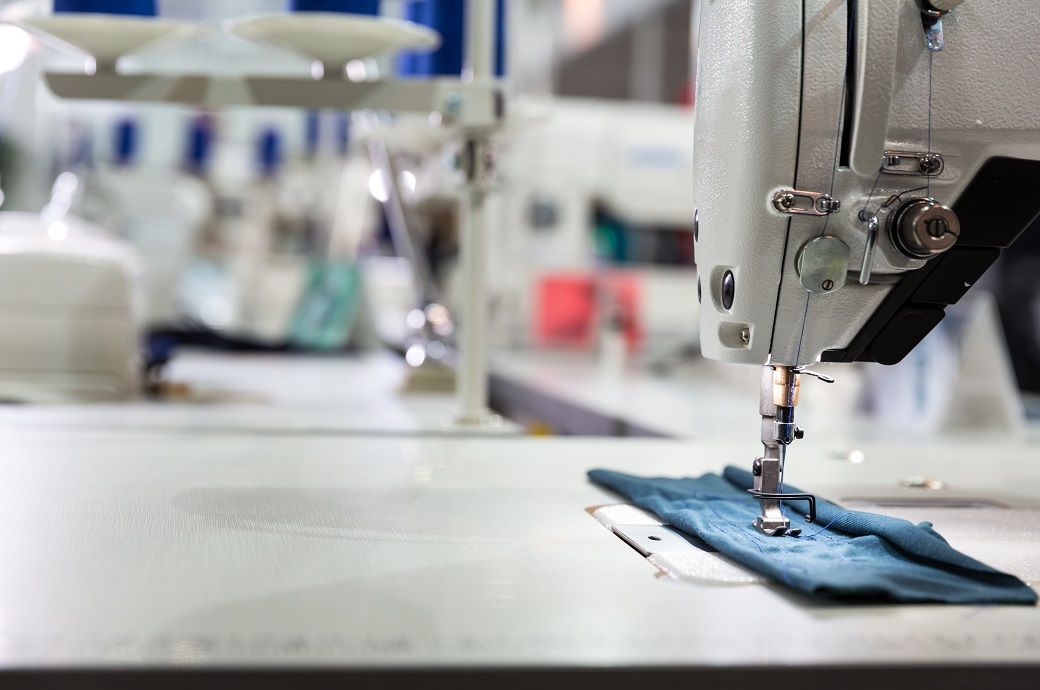

The outlook for advance orders was even bleaker, with just 20 per cent reporting growth, 28 per cent a drop, and 52 per cent seeing no shift. SME exporters are consistently more likely to report weaker export performance compared to pre-pandemic and pre-Brexit levels, as per BCC’s Trade Confidence Outlook.
In Q2 2018, only 14 per cent of SME exporters reported a decrease in overseas sales, however, in Q1 2025, it stands at 26 per cent.
By contrast, domestic demand for SME exporters remains consistently more buoyant, with 28 per cent reporting an increase in domestic sales in Q1 2025, against 21 per cent for overseas sales.
SME manufacturers are more likely to report increased overseas sales, with 24 per cent indicating a rise in exports, compared to just 19 per cent of SME services exporters. However, the services sector appears more stable, with 24 per cent reporting a decrease and 57 per cent seeing no change, while 31 per cent of manufacturers experienced a decline and 45 per cent reported no change, according to the data.
The picture for advance export orders showed no improvement, with only 22 per cent of SME manufacturers and 19 per cent of SME service exporters reporting an increase.
“This data does not paint a rosy picture for exports ahead of the imposition of US tariffs. Although it is inevitable that uncertainty about US actions may well have influenced the SME export trade at the start of the year. It is also likely that manufacturers fared better than services in Q1 as US customers looked to stock up on goods ahead of tariffs coming in,” said William Bain, head of trade policy at the BCC.
“We believe the government has adopted the right strategy for tariffs of negotiation not retaliation, and the signals from the White House are there is a deal to be done. It is also right to pursue a closer trading relationship with the EU and to point businesses towards the burgeoning opportunities in the Indo-Pacific region,” added Bain. “But the upcoming trade strategy must do more to provide firms with support around exports, including access to finance. Over 40 per cent of chamber members export due to the framework of support we place around them. This level of advice, training and guidance needs to be replicated across the land.”
“The next few years will be pivotal for the UK’s export success for decades to come. It is crucial the Trade Strategy puts us in the best possible place to deal with the challenges and take full advantage of the opportunities,” said Bain.
This data is based on a survey of over 1,800 UK SME exporters.
Fibre2Fashion News Desk (SG)